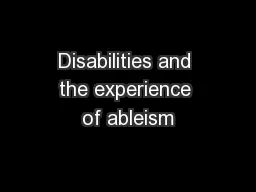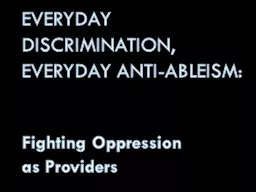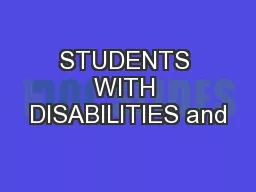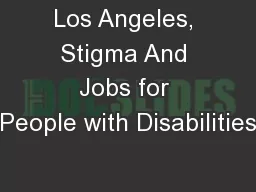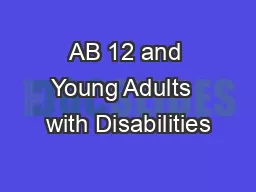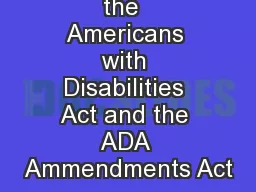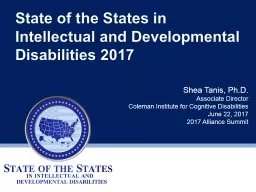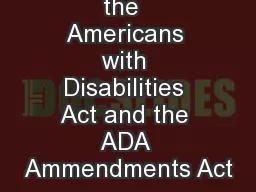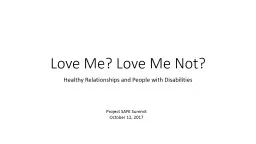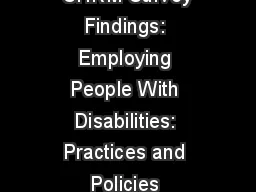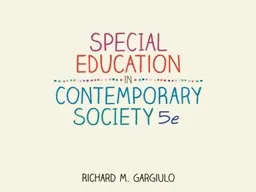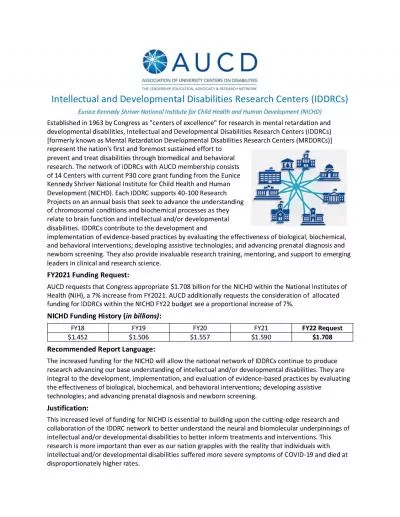PPT-Disabilities and the experience of ableism
Author : olivia-moreira | Published Date : 2016-04-13
Presentation by Kristina Haugh Important terms to know Disability a condition such as an illness or an injury that damages or limits a persons physical or mental
Presentation Embed Code
Download Presentation
Download Presentation The PPT/PDF document "Disabilities and the experience of ablei..." is the property of its rightful owner. Permission is granted to download and print the materials on this website for personal, non-commercial use only, and to display it on your personal computer provided you do not modify the materials and that you retain all copyright notices contained in the materials. By downloading content from our website, you accept the terms of this agreement.
Disabilities and the experience of ableism: Transcript
Download Rules Of Document
"Disabilities and the experience of ableism"The content belongs to its owner. You may download and print it for personal use, without modification, and keep all copyright notices. By downloading, you agree to these terms.
Related Documents

